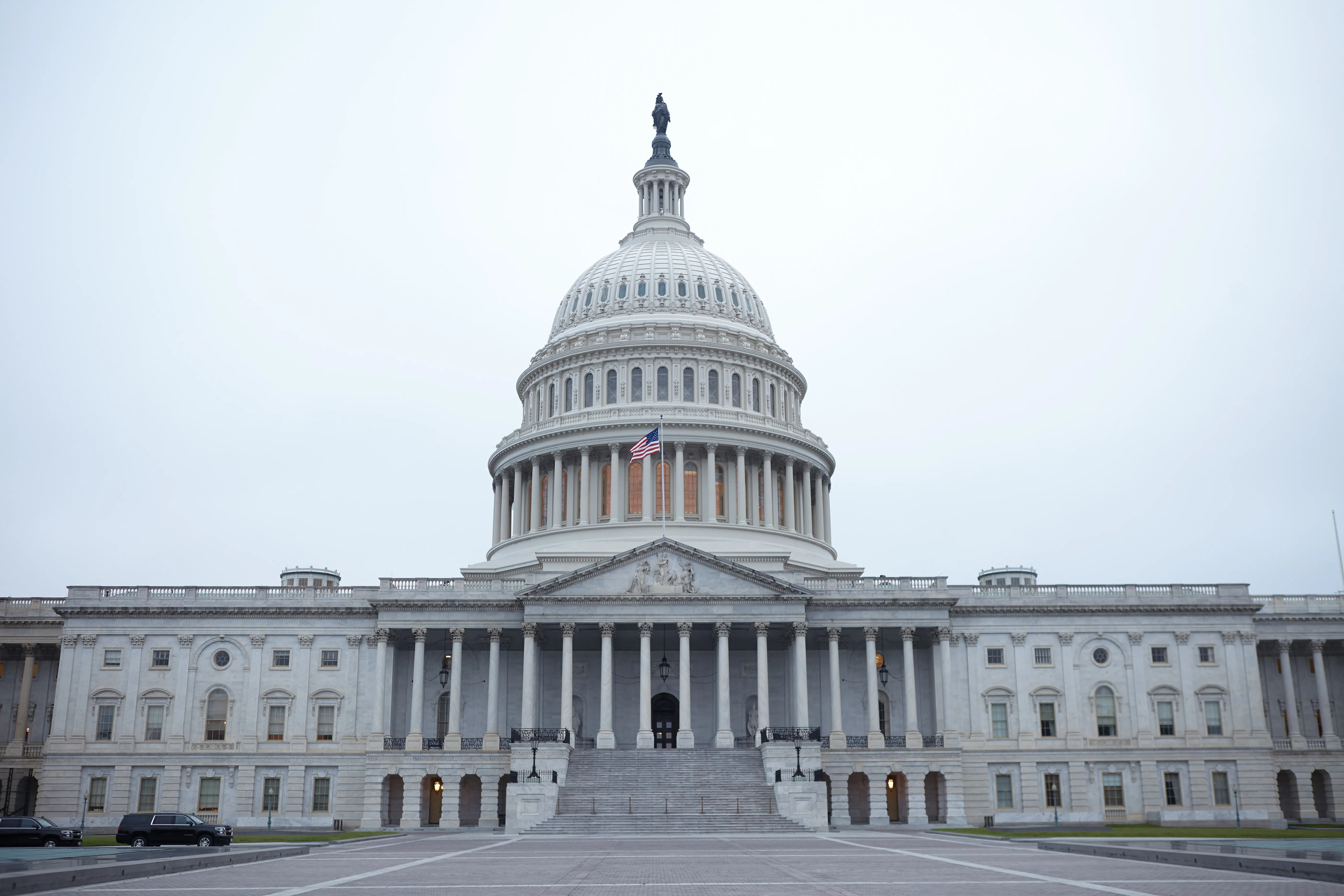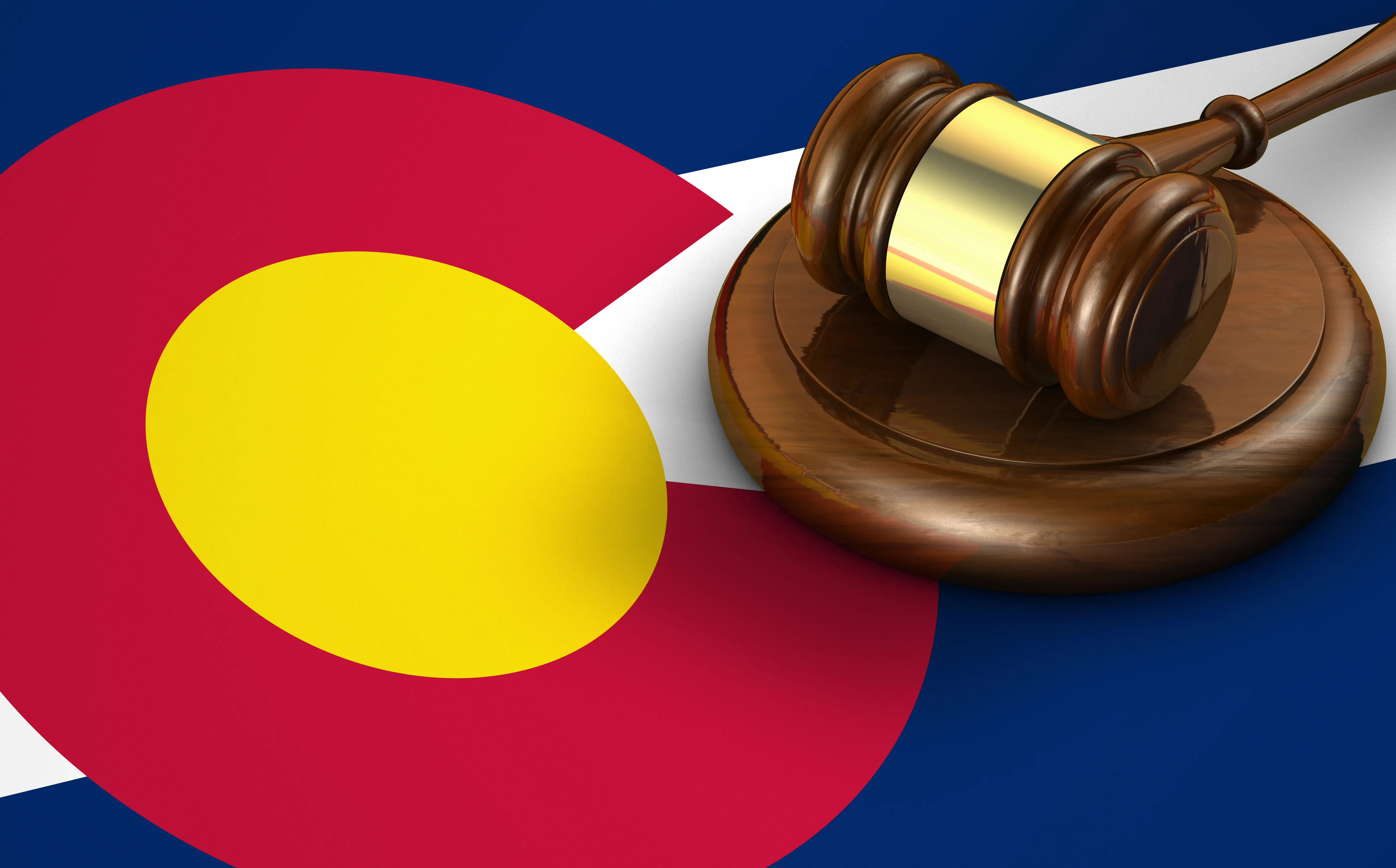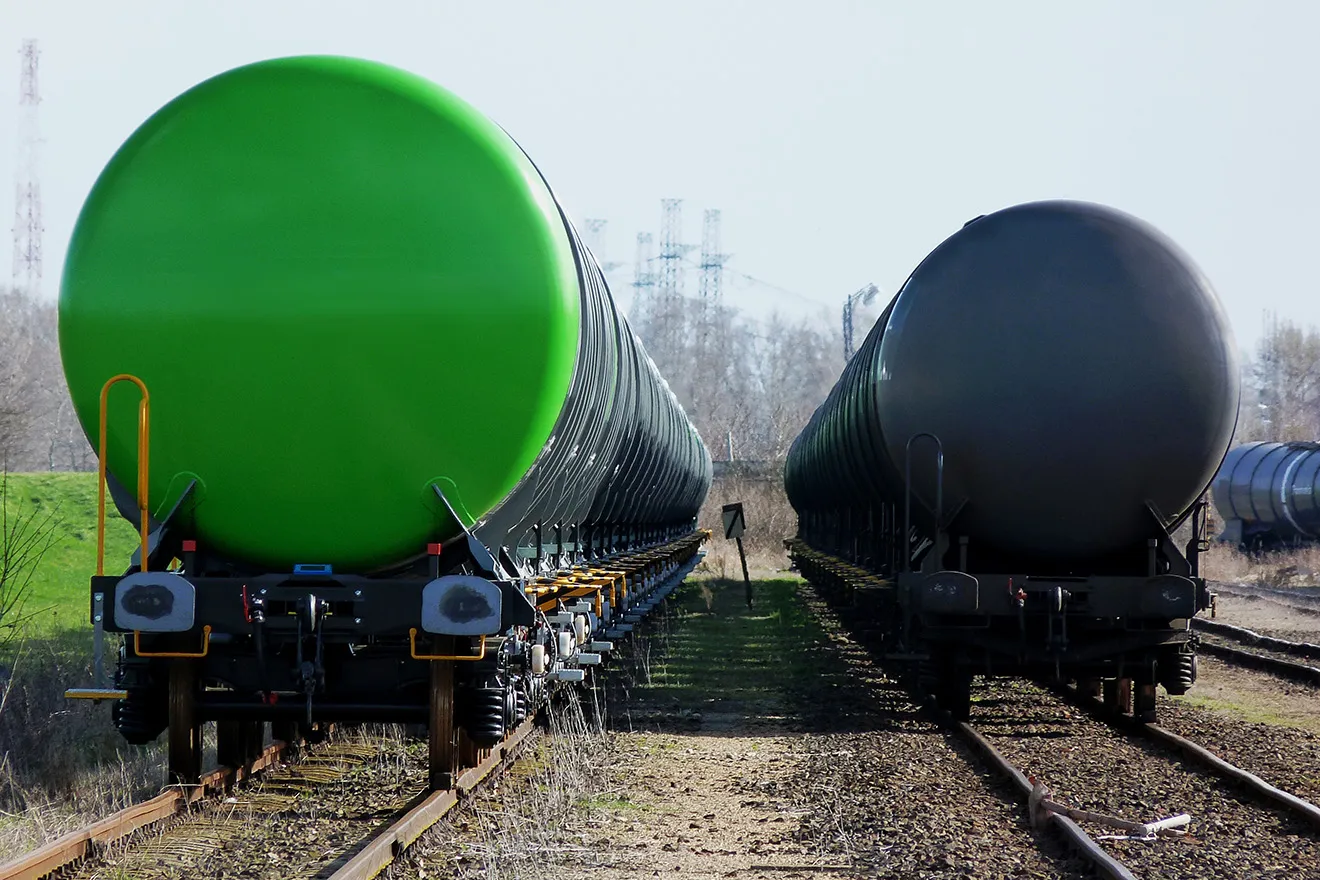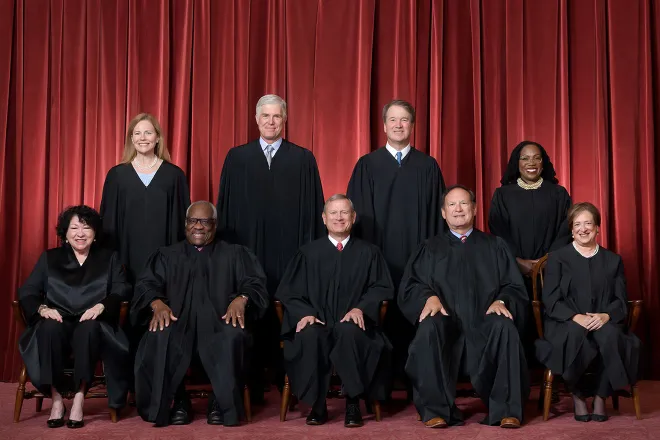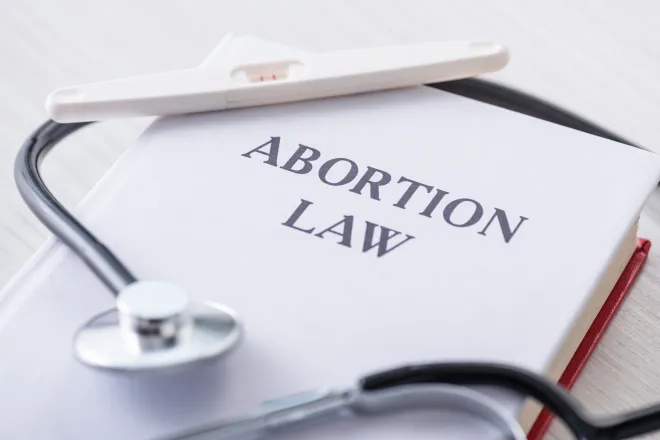
Commentary - Why taking another risk on nuclear power in Colorado would be a mistake
As the last coal plants in Colorado shut down, nuclear power proponents are campaigning to replace them with nuclear reactors. An advisory committee for the city of Pueblo recommended that Xcel replace its Comanche 3 coal plant with an “advanced nuclear power plant.” Bolstering that effort, the Colorado Legislature recently passed a bill redefining nuclear as a “clean energy resource.”
Colorado’s only experience with nuclear power was not a good one. The Fort St. Vrain reactor near Platteville operated from 1979 until 1989, when it was shut down due to safety problems. It took three years to decommission the plant at a cost of $125 million, which, like the $200 million of plant costs, was passed on to Xcel ratepayers. A special facility has stored 244 canisters containing the reactor’s high-level radioactive waste for the past 36 years. Ultimately, they will need to be transported over Colorado roads to an as yet unidentified deep geologic site to be stored for thousands of years.
Should Colorado give nuclear power a second look? I argue no for three key reasons.
High cost and high risk
According to the financial firm Lazard, the cost of the electricity produced by a nuclear power plant (in dollars per kilowatt-hour) is three times that of solar and wind. The only new reactors recently built in the U.S., Vogtle Units 3 and 4, were completed seven years behind schedule at a cost of $36.8 billion — more than two and a half times the original budget. That high cost has resulted in higher electricity bills for Georgia Power ratepayers.
There is much talk today about developing new, untested small modular reactors, or SMRs (defined as 300 megawatts or smaller in size) to ostensibly lower the cost, and this is the technology being promoted in Pueblo. The problem here is that virtually anything — be it a power plant or a container of pretzels from Costco — is cheaper per unit item the bigger it is. Nuclear plants have gotten much larger over time because of this economy of scale. The Vogtle units are each 1,100 MW. A 300 MW plant will have a higher capital construction cost per kilowatt, and its delivered electricity cost will also be significantly higher. The one SMR design approved by the Nuclear Regulatory Commission, NuScale, which was scheduled to be built in Idaho, was canceled because its projected capital cost had risen to $20,000 per kilowatt — more than 10 times that of utility-scale solar with battery storage.
Very long lead times
The total time from concept to operation for a new nuclear power plant is about 15 years, compared to solar and wind plants, which take one to two years. Fifteen years is a long time to wait to address climate change and air pollution. And during that time, you could spend far less money deploying solar and wind and preventing all those emissions.
Bad fit for Colorado’s renewables-based electric grid
Nuclear proponents argue that because nuclear plants run 24 hours a day, they can fill in the gaps when solar and wind are not available. But let’s take a closer look at that claim. Xcel plans to provide 80 percent of its electricity from solar and wind in just the next five years. Although Colorado is very sunny year-round, grid operators must be prepared for occasional “dark lull” periods of four days or more when local solar and wind resources are limited by the weather. Xcel plans to burn stored natural gas in low-cost combustion turbines during these brief periods.
Now imagine if new nuclear power plants come onto the grid in 15 years. Like all nuclear plants in the U.S., they will need to be run at full power 24 hours a day to sell enough electricity to pay off their high debt. So, what happens when an occasional dark lull occurs, and solar and wind power drop off? The utility won’t be able to boost nuclear plant output because it will already be at full power. Furthermore, because it will duplicate power already being provided by solar and wind, it will cause that renewable electricity to be wastefully curtailed.
Nuclear power is too costly, too risky and too slow to deploy. And not only would nuclear power not support renewable energy generators on the grid, it would also actually work against these clean, low-cost technologies.



